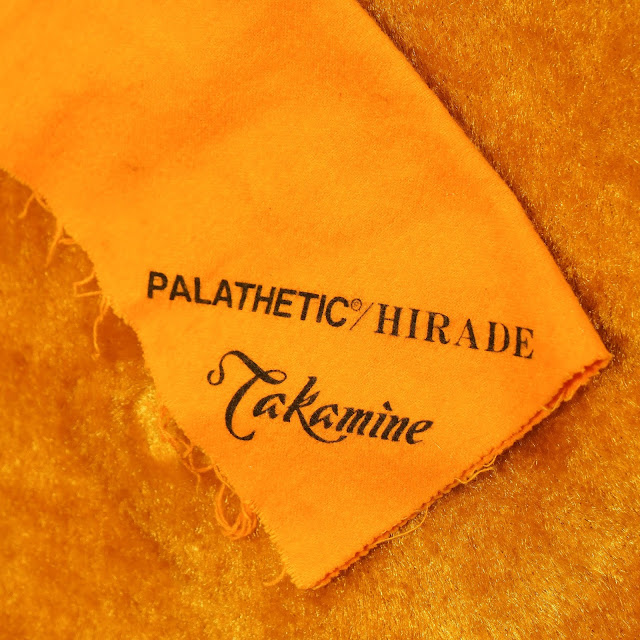1978 Takamine F360 Dreadnought Guitar
These old Japanese-made '70s Takamines are getting pretty popular. I remember the fervor the last time I had one of the solid-top 000-18 clones in the shop -- it was almost on fire with the interest around it. This one may not have a solid top (it's an F360 rather than an F360S), but it's all-ply construction does not disappoint tonally.
To my ears it sounds a lot like a same-period Yamaha jumbo but with more focus, oomph, and wholeness in the upper-mids and highs -- the place most ply-top guitars fizz-out when dug-into for lead work. Add to that a '60s-feeling Martin neck profile but with a ~12" board radius, and you have an instrument that's "familiar" to a lot of players but quite rugged and practical as well.
This is a pretty clean instrument, so it didn't need a whole lot of work to get it playing on-the-dot, though. It just needed some glorified setup work and now it's good to go.
Visually, it could easily be mistaken for a "real '70s D-28" at a glance. It has the look, the binding, a nicer and thinner finish, the black pickguard, ripoff Martin-style logo and headstock shape, faux-Grover-Rotomatic tuners, and that neck. Tonally, it sounds more like a D-18 than it does a D-28.
Repairs included: fret level/dress, restring, setup.
Top wood: ply spruce
Back & sides wood: ply Indian rosewood
Bracing type: fan
Bridge: rosewood
Fretboard: rosewood
Neck wood: mahogany
Action height at 12th fret: 3/32” bass 1/16” treble (fast, spot-on)
String gauges: 54w, 40w, 30w, 22w, 16, 12 custom light
Neck shape: medium C/V hybrid
Board radius: 12"
Truss rod: adjustable
Neck relief: straight
Fret style: medium
Scale length: 25 7/16"
Nut width: 1 11/16"
Body width: 15 3/4"
Body depth: 4 7/8"
Weight: 4 lbs 11 oz
Condition notes: it's quite clean with only the most minor usewear and handling wear. The finish shows the usual weather-check and fine finish cracking here and there that you'd expect, but it's really dang clean. Unfortunately, the saddle is pretty low to the deck, though being a ply-top instrument, it's likely to play spot-on for as long as you own it (it's stable) and I've removed any playability/tone concerns by adding ramps from the pinholes to behind the saddle to increase break-angle on the saddle.
It comes with: its original hard case and owner's manual.




















Comments